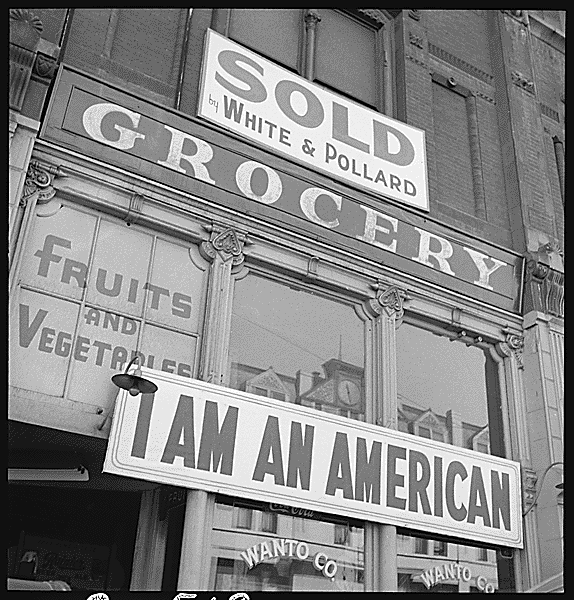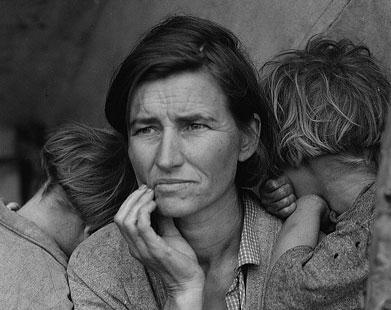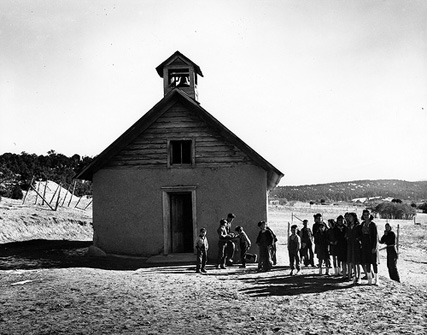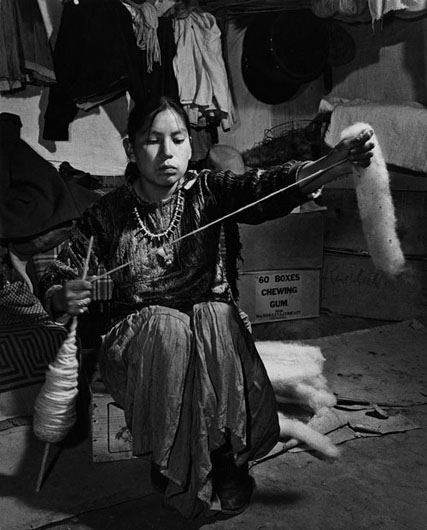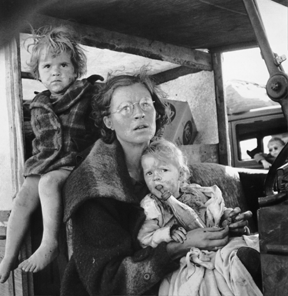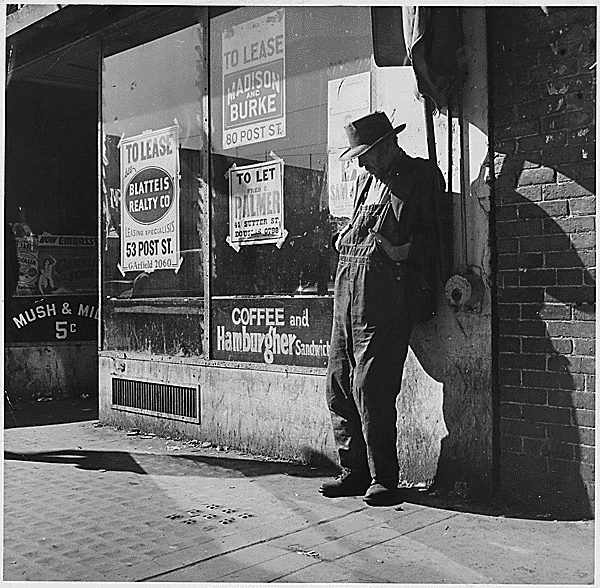<Back to Index>
- Photojournalist Charles Chusseau - Flaviens, 1866
- Economist and Photographer Roy Emerson Stryker, 1893
PAGE SPONSOR
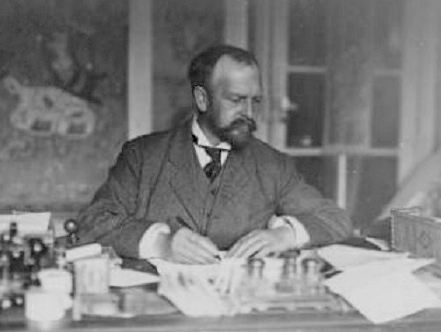
Charles Chusseau-Flaviens (13 February 1866 - 15 October 1928) was a French independent photojournalist of the ca. 1890s to 1910s. His distribution of other photographer's work for publication created one of the first photo press agencies. Chusseau - Flaviens' by-line appeared on numerous photographs from every European country as well as from Africa, the Middle East, the Orient and the United States. Subject matter included intimate portraits of European royalty, political figures and celebrities in addition to everyday life. According to researchers, no biographical information about Chusseau - Flaviens is known.
A substantial portion of his photographic collection, represented by nearly 11,000 glass negatives, was donated by Kodak Pathé to the George Eastman House (GEH) International Museum of Photography and Film in 1974. The GEH noted that Chusseau - Flaviens also acquired copies of photographs from other photographers, annotating their names on his glass negatives. They speculated that this accounts for the inclusion of photographs in his collection from various far flung nations, such as Japan and New Zealand. According to the French Ministry of Culture, his release of the other photographer's work under the Chusseau - Flaviens name created the first photographic press agency of the 20th century.
Countries represented by photographs in the GEH collection include: Algeria, Austria, Belgium, Bulgaria, Canada, Ceylon, China, Denmark, Djibouti, Egypt, England, Ethiopia, Finland, France, Germany, Gibraltar, Greece, Hungary, Italy, Japan, Majorca, Morocco, Netherlands, Norway, Palestine, Philippines, Portugal, Romania, Russia, Serbia, Spain, Sudan, Sweden, Switzerland, Tunisia, Turkey, United States and Yugoslavia. Due to the relative lack of photographs representing France, it has been speculated that a large collection of Chusseau - Flaviens' work remains undiscovered.
Journals in which Chusseau - Flaviens images appeared include L'Illustration, The Illustrated London News, Le Monde and The Graphic.
In addition to the George Eastman House, photos attributed to Chusseau - Flaviens are preserved in the Musee Nicéphore - Niépce, Musée d'Orsay and the Bibliothèque Marguerite Durand.
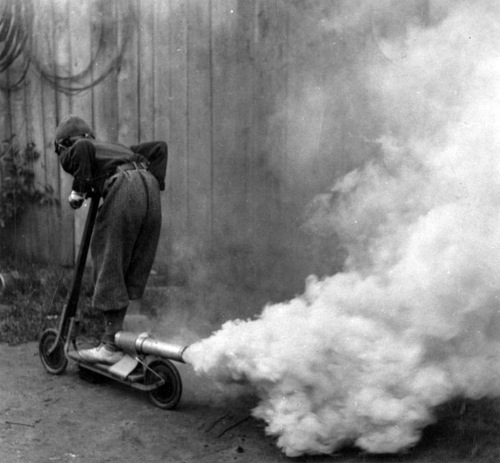
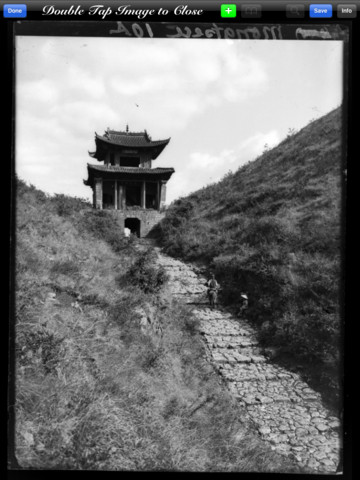
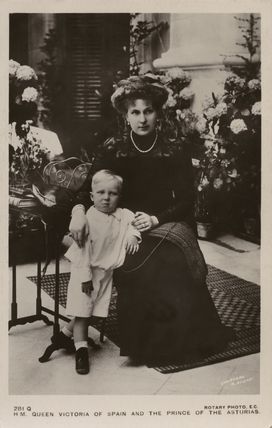
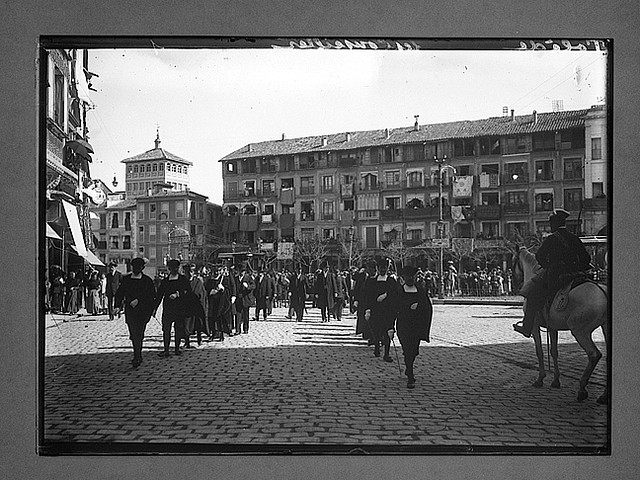
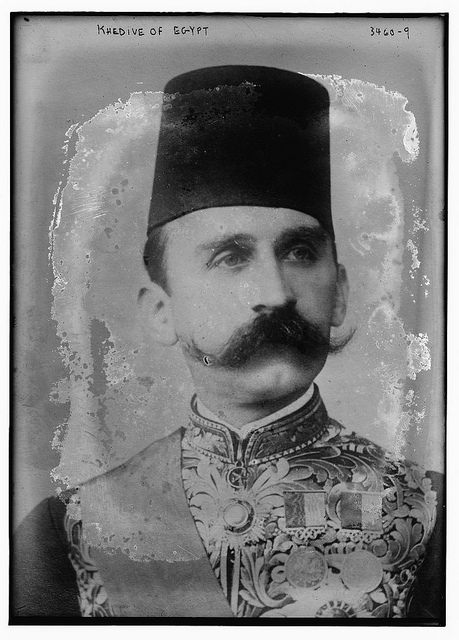
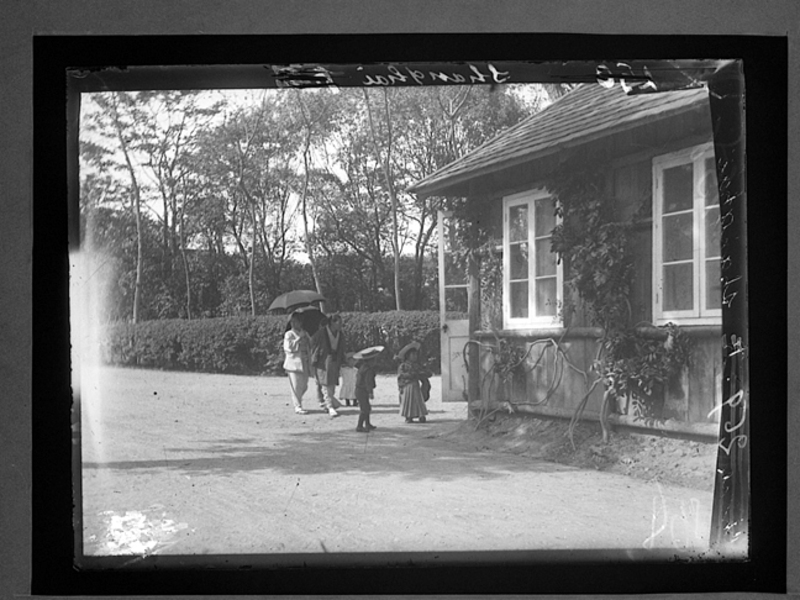
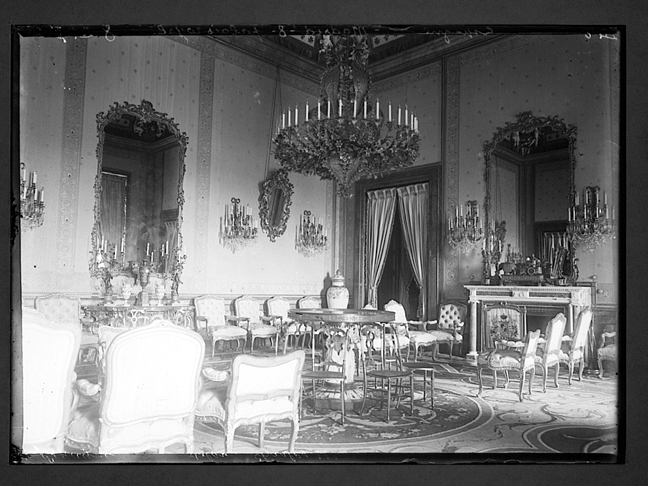
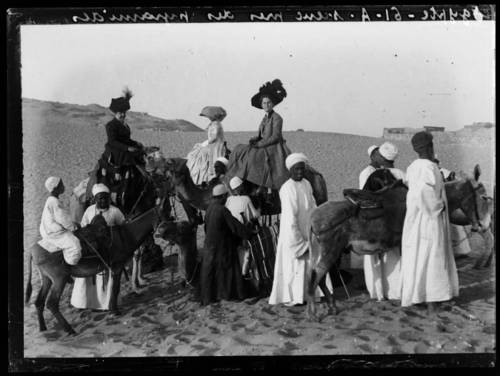
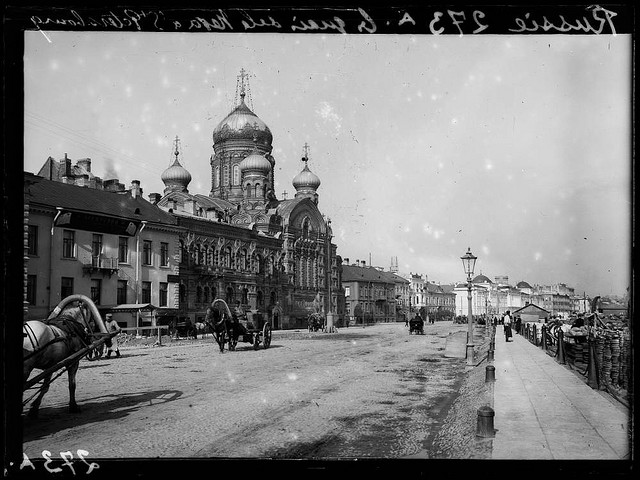
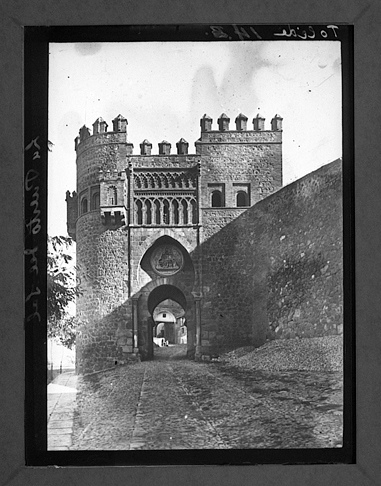
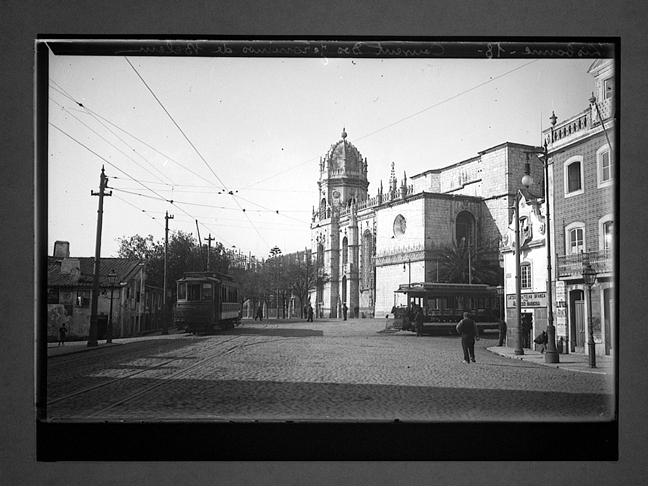
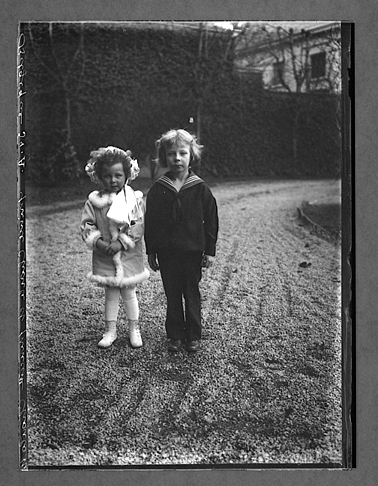
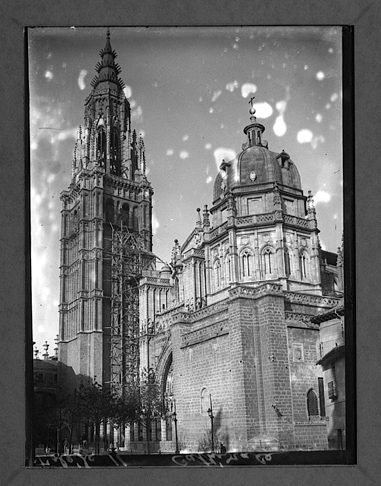
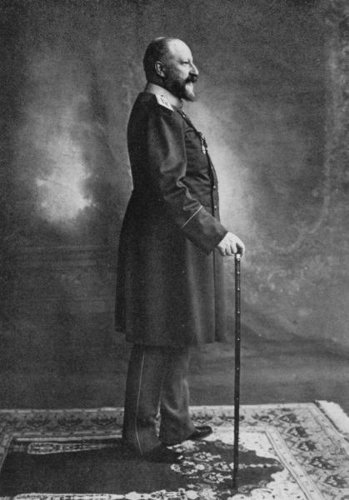
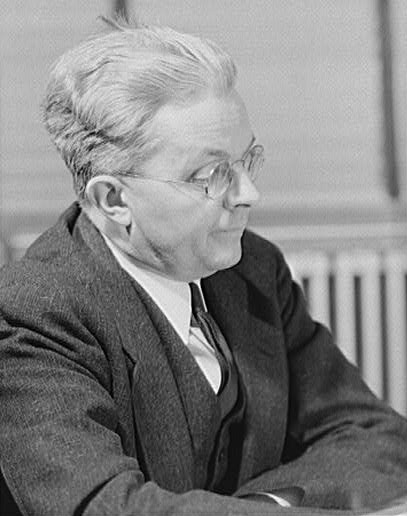
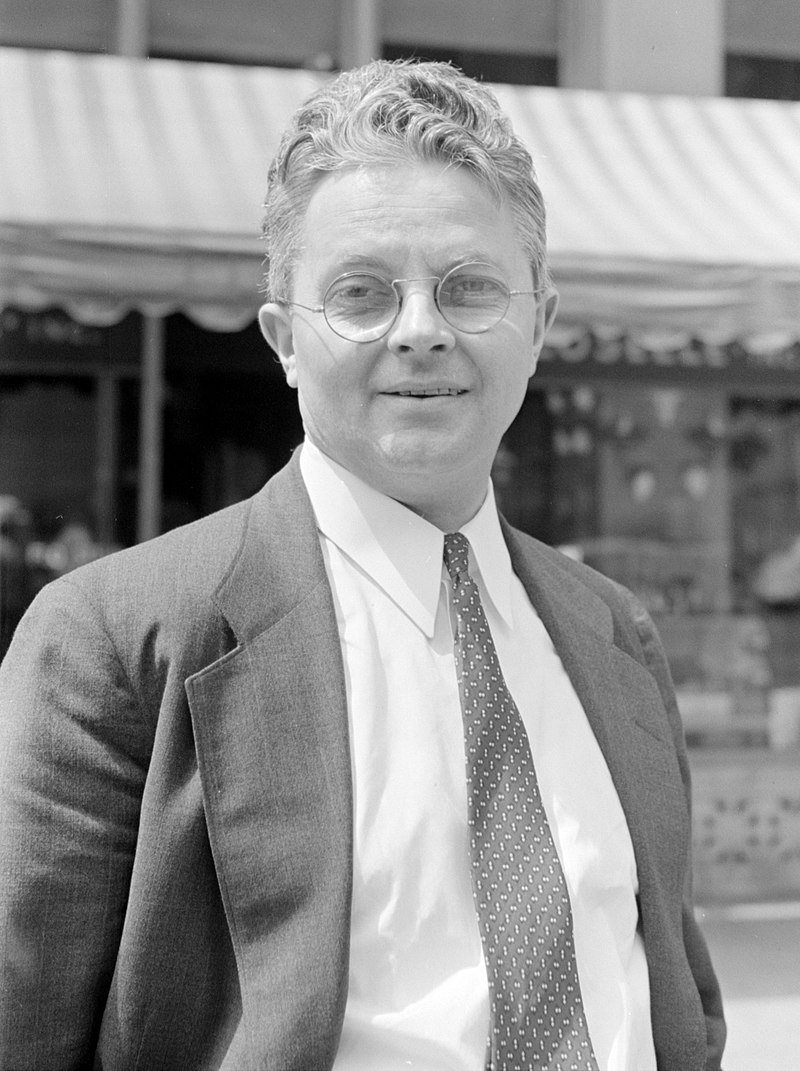
Roy Emerson Stryker (November 5, 1893 - September 27, 1975) was an American economist, government official, and photographer. He is most famous for heading the Information Division of the Farm Security Administration (FSA) during the Great Depression and launching the documentary photography movement of the FSA.
After serving in the infantry in World War I, Stryker went to Columbia University where he studied economics. He used his photography to illustrate his economics texts and lectures. At Columbia, he worked with Rexford Tugwell, and when Tugwell became part of the Resettlement Administration, Stryker followed him. Tugwell and Stryker refocused the attention of the Resettlement Administration to document the problems of the heartland, and in 1935 Stryker became the head of the Historical Section (Information Division) of the RA. The RA was renominated the Farm Security Administration, and Stryker set up the photo - documentary project.
Stryker's greatest contribution to the FSA's photographic project was as a manager. The photographers involved attested to the fact that Stryker was expert at getting good work out of them. He made sure that the photographers were well briefed on their assigned areas before being sent out, and he ensured that they were properly funded. Stryker also made sure that mainstream publications had access to FSA photographs. This both helped focus public attention on the plight of the rural poor and set up the commercial careers of his photographers. Overall, from 164,000 developed negatives some 77,000 different finished photographic prints were made for the press, plus 644 color images.
Photographers hired by Stryker for the FSA included: Dorothea Lange, Arthur Rothstein, Walker Evans, Ben Shahn, John Vachon, Marion Post Wolcott, Russell Lee, Jack Delano, Gordon Parks, John Collier Jr, Carl Mydans, and Edwin and Louise Rosskam.
During World War II, the photographic unit of the FSA was reassigned to the Office of War Information and put to more propagandistic uses for one year, and then disbanded. At the same time, the U.S. Congress disbanded the FSA, and the holdings of the FSA's photographic unit were transferred to the Library of Congress.
Stryker resigned and went to work for Standard Oil in its public relations documentary project from 1943 to 1950. In selecting photographers for projects at Standard Oil (SO), Stryker sought those who possessed an "insatiable curiosity, the kind that can get to the core of an assignment, the kind that can comprehend what a truck driver, or a farmer, or a driller or a housewife thinks and feels and translate those thoughts and feelings into pictures that can be similarly comprehended by anyone."
Photographers on the SO project included, among others: Berenice Abbott, Gordon Parks and Todd Webb; as well as Esther Bubley, Harold Corsini, Russell Lee, Arnold S. Eagle, Elliott Erwitt and Sol Libsohn, who would later follow Stryker to his next project in Pittsburgh, Pennsylvania. After suggesting topics he wanted documented, Stryker gave his photographers the freedom to pursue their individual approaches to their subjects. As with all his projects, Stryker was adamant that his staff understand their subjects and their context before going out on an assignment.
From 1950 to 1952, Stryker worked to establish the Pittsburgh Photographic Library (PPL). In 1960, the collection was transferred to the Carnegie Library of Pittsburgh.
After leaving the PPL, Stryker directed a documentation project at Jones & Laughlin Steel Corporation. Thereafter, he accepted consulting jobs on occasion and conducted seminars on photojournalism at the University of Missouri. Stryker eventually returned to the west in the 1960s. He died in Grand Junction, Colorado.
The Roy Stryker Papers, including manuscripts, correspondence, and vintage prints from the Stryker - directed projects — Farm Security Administration (FSA), the Standard Oil (New Jersey) Co. and Jones & Laughlin Steel — are held in Photographic Archives, Special Collections, William F. Ekstrom Library, University of Louisville.
